According to the author, by hosting the recent G20 Summit, India has demonstrated that it can combine nationalism with a new global mission .
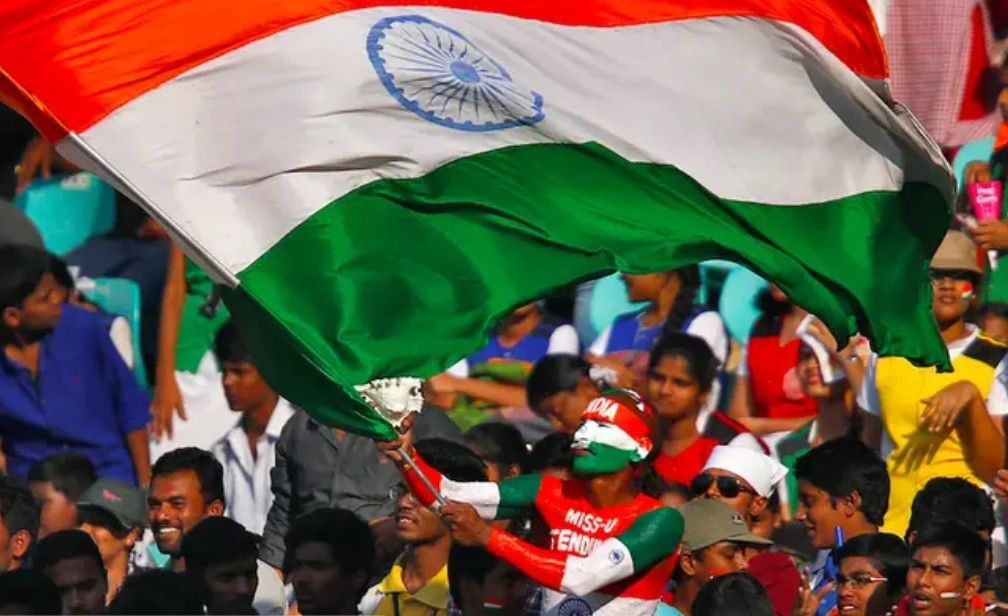 |
| By successfully hosting the recent G20, India has demonstrated that it can combine nationalism with a new global mission. (Source: Reuters) |
Booming in competition with China
India is arguably the only country of such stature and importance that in a period marked by many geopolitical tensions still manages to reap maximum benefits: by buying oil and gas at rock-bottom prices from Russia and attracting Western investors.
A remarkable ability to maintain balance has made Indian Prime Minister Narendra Modi a "bright star" of the moment. He has just been highly praised by Russian President Vladimir Putin, and has received warm invitations from White House boss Joe Biden, while the Southern Hemisphere also respects him as a leader of emerging countries.
India and China are the two most important members of the BRICS group of emerging economies. India is forecast to surpass China in GDP growth by 7% in 2023. Many Western companies are shifting at least some of their investments to the South Asian country to protect themselves from geopolitical risks.
Mr. Modi is a special figure in the BRICS group because of his ability to maintain a balance between the two blocs: not applying sanctions against Russia, but at the same time strengthening relations with the US. Over the past 20 years, the possibility of India surpassing China has been mentioned many times.
Demographically, this has become a reality in the past few months. However, economically, India's stagnation is still very large due to many factors, including asynchronous infrastructure and insufficient energy production.
In return, India possesses resources that China does not have: a young workforce, widely used English, and especially in the recent geopolitical context, New Delhi receives favorable assessments from Western investors.
Ambition to become an industrial power
Since US Treasury Secretary Janet Yellen launched the slogan of re-shifting to friendly countries, New Delhi's hope has become closer to reality.
India’s dream of competing with China is not so much about replacing the Northeast Asian country as the “factory of the world,” which seems far-fetched or at least premature at this point. More modestly, it is about becoming an industrial powerhouse, especially in electronics, with significant influence as an exporter to the rest of the world.
It is a plan that Mr Modi has been keen on and one that has been followed by many other Asian tigers before him. The numbers show that India is doing it. In the past eight years, the country’s electronics output has nearly quadrupled to $105 billion.
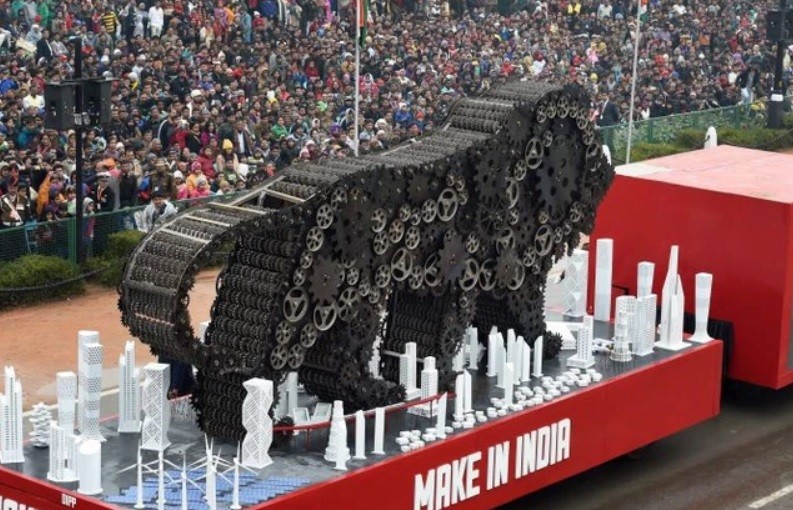 |
| Foreign investment is a driving force in Mr. Modi’s “Make in India” campaign. (Source: Bloomberg) |
The electronics industry is one area that Prime Minister Modi is focusing on as he moves from farm to factory. Some projections used by the Indian government suggest that as much as 60 percent of the workforce leaving agriculture will be absorbed by the electronics industry. It is a replay of what has happened, at different times and on different scales, in many Asian countries, from Japan to South Korea and from Taiwan to China itself.
Foreign investment has been a driving force behind Modi’s “Make in India” campaign. Singapore is the top foreign investor in India’s electronics sector. The second-largest foreign investor is the United States. The case in point is Apple, which is increasing the proportion of its manufacturing in India.
Apple is an interesting case in point, as it has enlisted a range of partners, from Taiwan’s Foxconn to India’s homegrown giant Tata. Modi’s government has prioritized joint ventures between foreign companies and local partners, but has increasingly been open to foreign multinationals, including Chinese ones, taking a leading role.
India has become one of the indispensable connecting points in this new phase of diversification, re-globalization and re-shifting to friendly countries. It is a change that is influenced by many geopolitical criteria, not least the reduction of the risk of conflict between the West and China.
In addition, India also shows increasing appeal with a large domestic market, a factor reminiscent of China at the dawn of its boom 30 years ago.
One feature that foreign investors must take into account is the strong influence of federalism in the South Asian country. This also affects the tendency to form and apply industrial policies of each locality. Some Indian states are very active in offering incentives and benefits to attract foreign businesses to operate (such as Karnataka, Tamil Nadu, Maharashtra, Gujarat).
Meanwhile, many other states have maintained regulations to protect their workforce, leading to increased production costs. Faced with the inherent obstacles posed by bureaucracy, Prime Minister Modi is trying to intervene through a variety of initiatives, including policies that encourage and support the business community.
Source





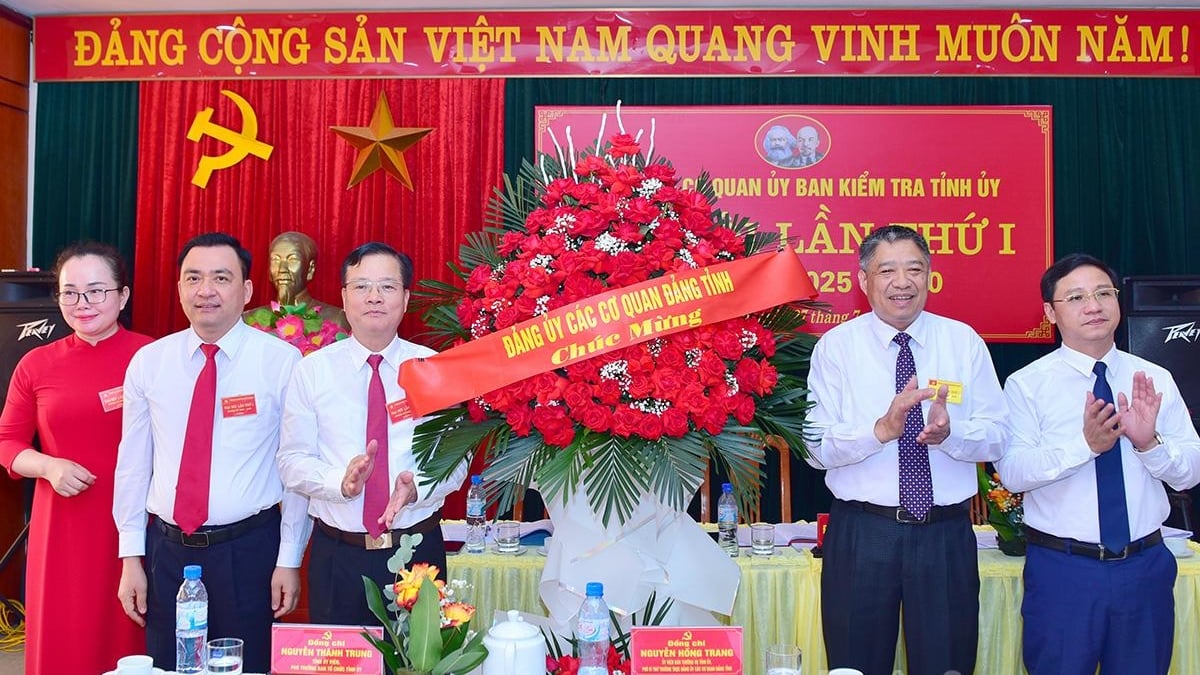

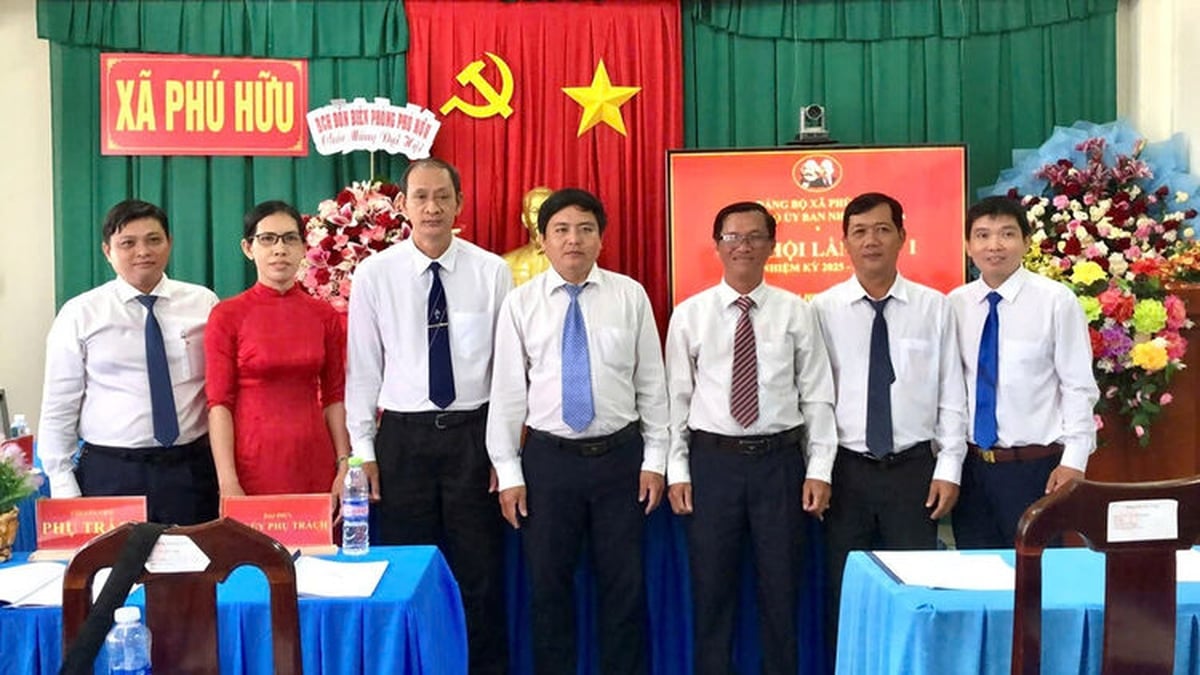






















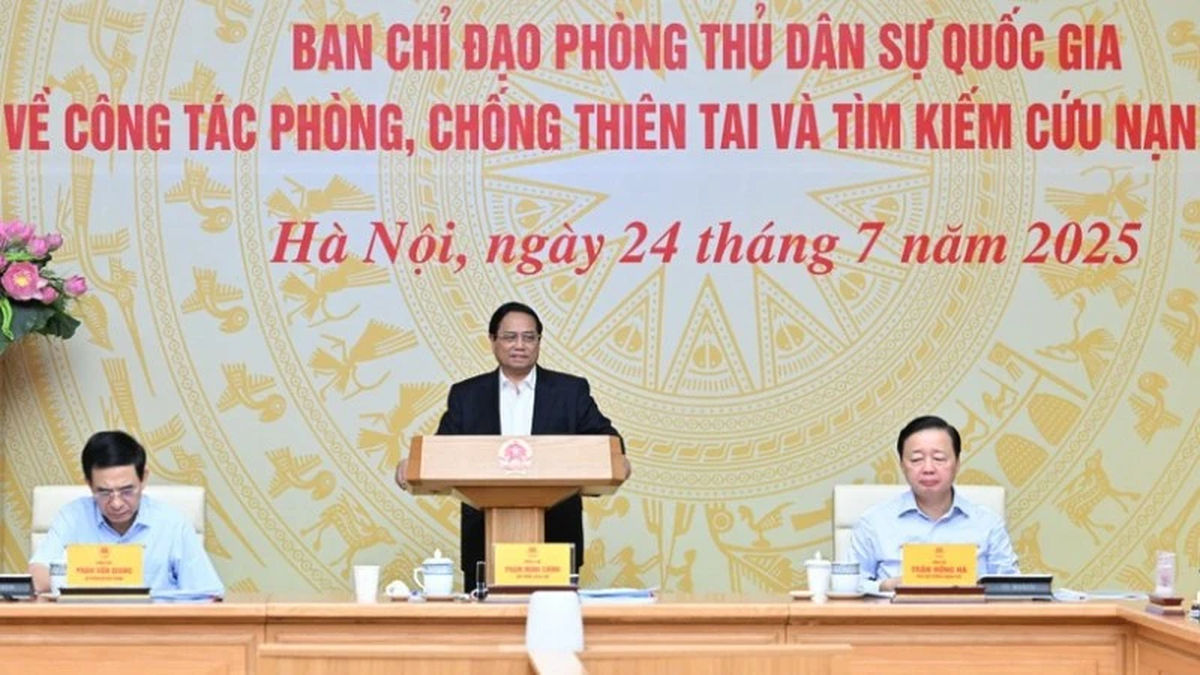
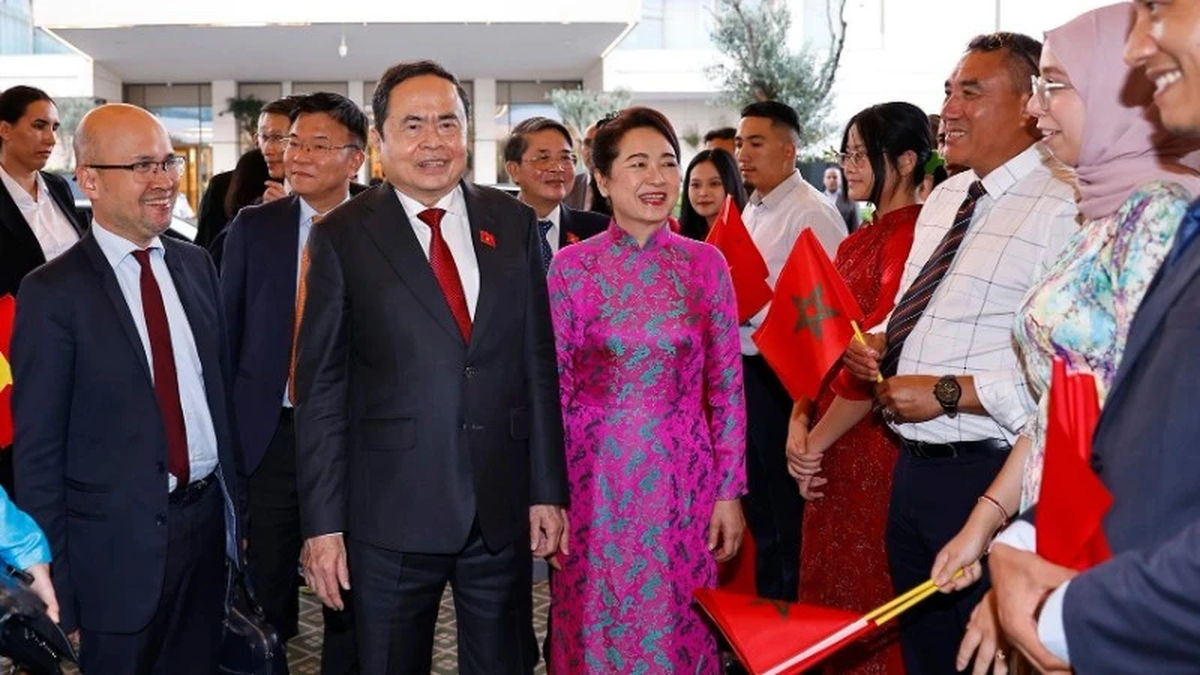






























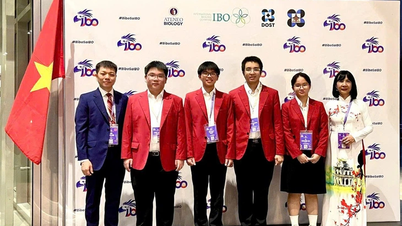










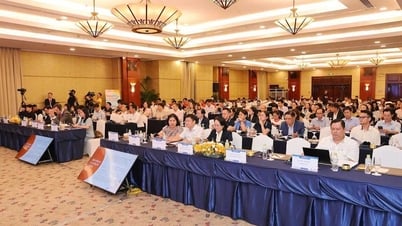
























Comment (0)